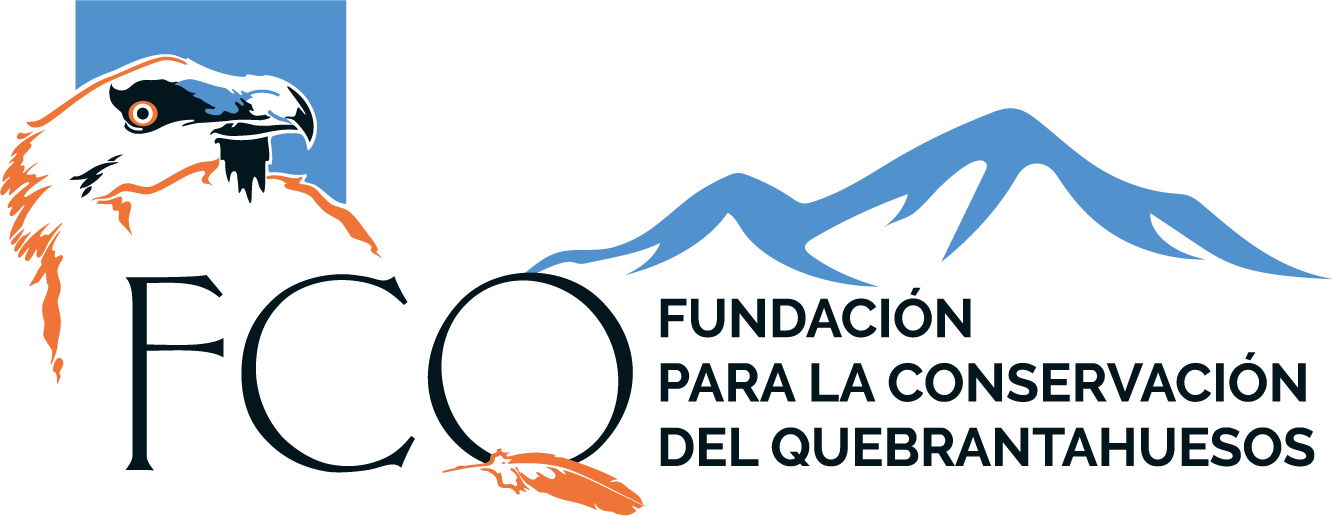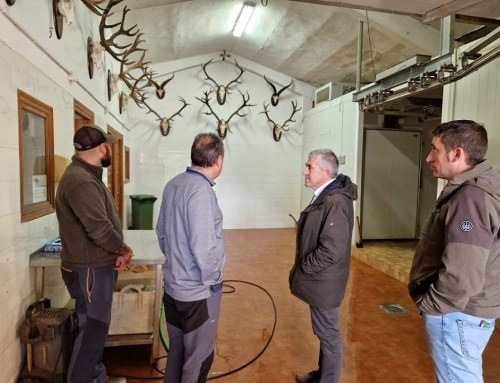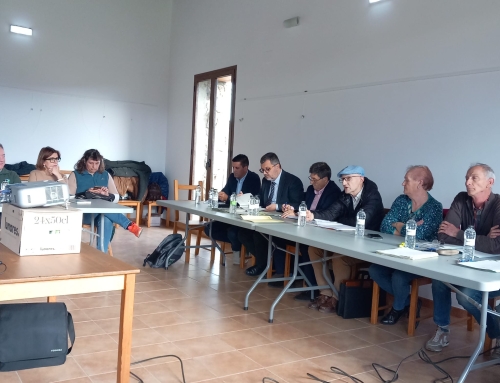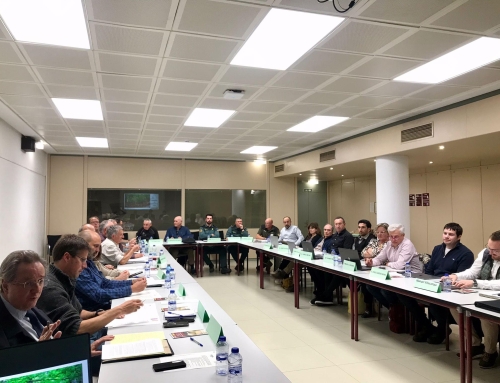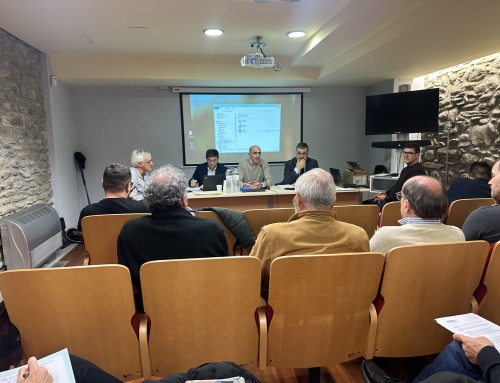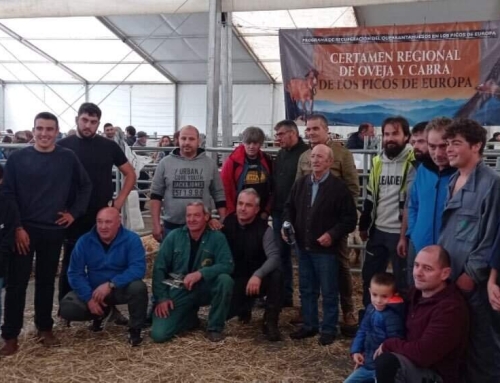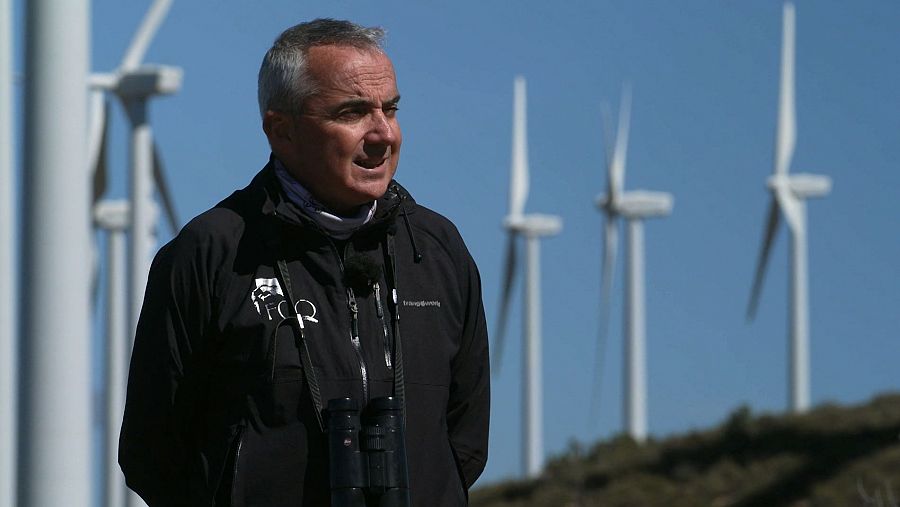
The price to pay for being an energivorous species.
How comfortable it is to come home and turn on the heating, stretch out on the sofa and watch a series with a hot cup of tea. And how interesting it is to see that this first sentence can only happen thanks to the installation of windmills or nuclear power plants, to give the most common examples of energy generation in Spain. Human beings have increased their quality of life, from the burning of wood when they lived in caves to the installation of windmills 200 meters high today. But these installations have caused social and environmental conflicts wherever they have been installed. And green energy is no exception.
Wind energy, a source of neighborhood struggles
The regions of Maestrazgo and Matarraña, in Teruel, are a clear example of this eternal dispute. After receiving several calls and emails from organizations such as the Platform for the Landscapes of Teruel, the Green Beetle approaches the area to listen to their claims: the installation of windmills would affect the environmental and tourism value of these two regions. In addition, Castilla y León and Aragón are the two autonomous communities with the most renewable energy projects. Some neighbors, such as Ana Romeo, from the Matarraña business association, wonder “why it is always the same people who have to deal with wind turbines and why they are not located near the areas of consumption, i.e., the big cities”.
The bearded vulture, in danger
Wind turbines are a great danger for birds in general. In fact, Juan Antonio Gil, from the Foundation for the Conservation of the Bearded Vulture (FPQ), assures that “between 2022 and 2023, 1500 vultures killed by the blades of the windmills have entered the Alfranca Recovery Center of the Government of Aragon”. For this reason, they fear that the macro wind project of the Maestrazgo cluster will affect the reintroduction of the Bearded Vulture in the area and, for the moment, they have decided not to reintroduce more specimens of this endangered species.
Spain, leader in wind energy
Wind energy is the leading source of electricity generation in Spain, followed by nuclear energy. This places us at the top of renewable energy creation in Europe. The goal is to reach 40% wind power by 2030. “However, there is a rejection of wind energy. I think it is very important to be as efficient as possible. There is no greener kilowatt-hour than one that is not consumed. And we also have to be aware that we must achieve a maximum of clean energies for the energy mix that supplies us. This is the only way we will be able to slow down global warming,” says Álvaro Luna, professor of electrical energy at the Polytechnic University of Catalonia (UPC). If there are more and more of us on the planet, if our digital footprint continues to grow and, above all, if mobility is electrified, we will need more and more green energy. But this will possibly lead to more environmental and social conflicts wherever these projects are installed. The challenge is there. It is the consequence of being an energivorous species.
Source:
https://www.rtve.es/television/20240510/especie-energivora/16092466.shtml
